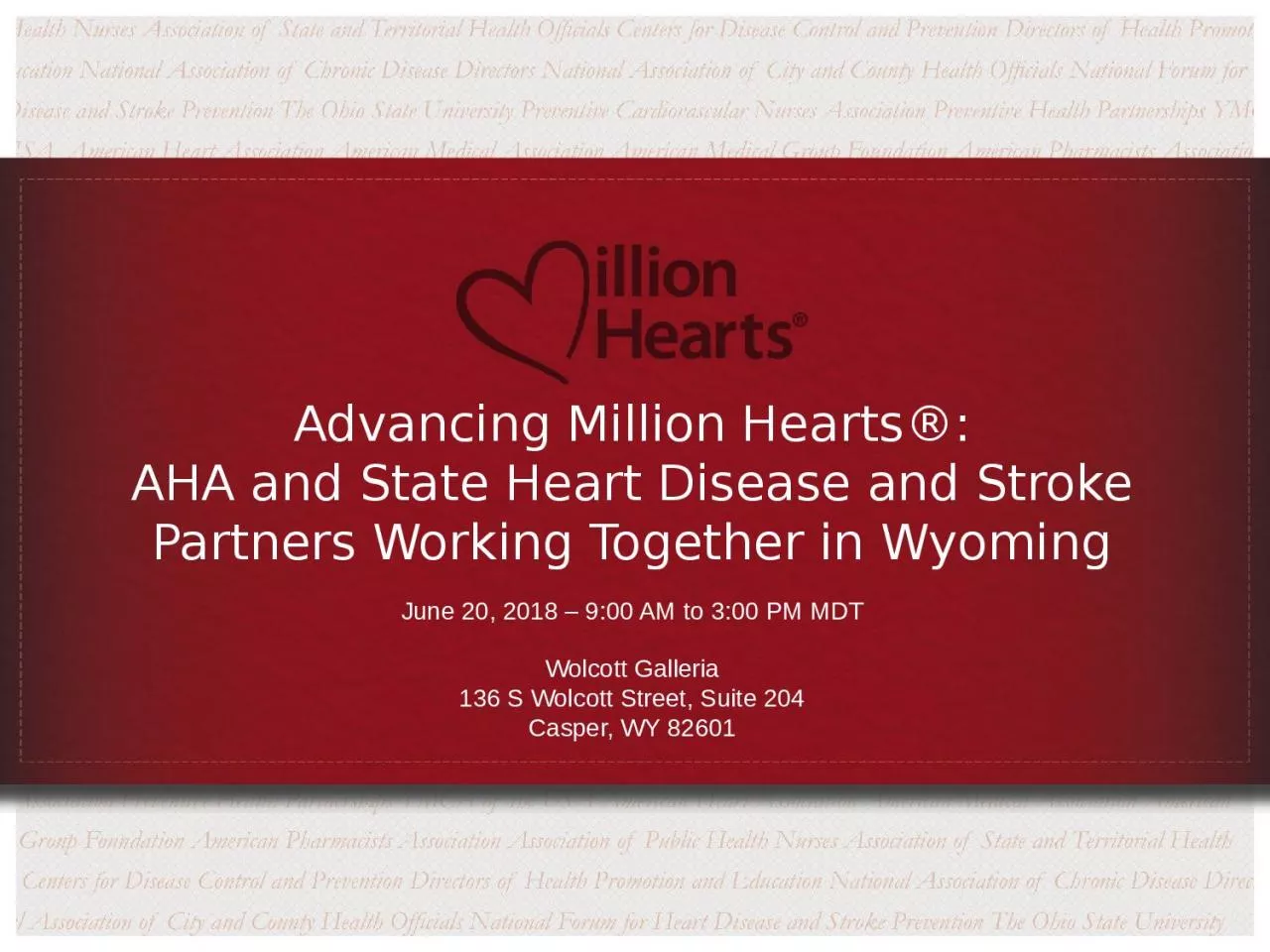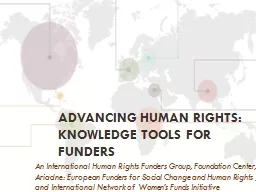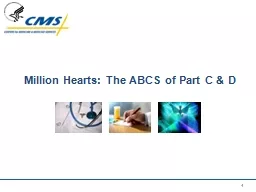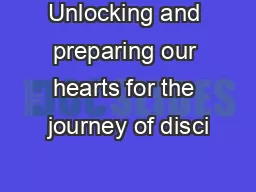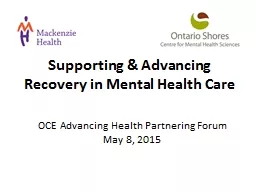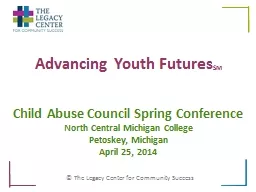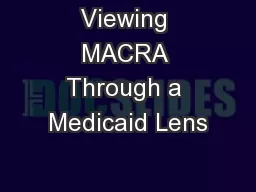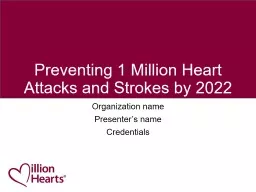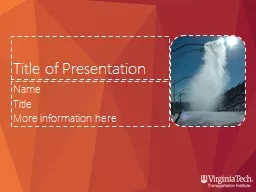PPT-Advancing Million Hearts®:
Author : lily | Published Date : 2022-06-18
AHA and State Heart Disease and Stroke Partners Working Together in Wyoming June 20 2018 900 AM to 300 PM MDT Wolcott Galleria 136 S Wolcott Street Suite 204
Presentation Embed Code
Download Presentation
Download Presentation The PPT/PDF document "Advancing Million Hearts®:" is the property of its rightful owner. Permission is granted to download and print the materials on this website for personal, non-commercial use only, and to display it on your personal computer provided you do not modify the materials and that you retain all copyright notices contained in the materials. By downloading content from our website, you accept the terms of this agreement.
Advancing Million Hearts®:: Transcript
Download Rules Of Document
"Advancing Million Hearts®:"The content belongs to its owner. You may download and print it for personal use, without modification, and keep all copyright notices. By downloading, you agree to these terms.
Related Documents

